September 3, 2024 - Ian Doescher, Telecompetitor
While city and state governments may move slowly, a nonprofit organization has the agility to convene people, test ideas, and work faster. That’s the model thriving in Texas, where the North Texas Innovation Alliance (NTXIA) and Dallas Innovation Alliance (DIA) are helping push broadband expansion and innovation forward.
Telecompetitor spoke with Jennifer Sanders, who serves as executive director and is a cofounder of both the NTXIA and DIA. Sanders recommends the model of a nonprofit working alongside local governments to help foster partnerships.
“I describe us as straddling the line,” said Sanders. “We have relationships with different sectors, the ability to convene and do matchmaking, and connect the dots among various entities. We have flexibility.”
Texas’ Broadband Challenges
Sanders identified four primary challenges that Texas’ broadband expansion efforts face — dispersed geography, permitting, funding distribution, and the roles of the public versus private sectors:
In a state that happily proclaims, “Everything is bigger in Texas,” it’s no surprise that the state’s dispersed geography is a challenge. Sanders says there are important decisions to be made on the best methods for bringing broadband to various areas in Texas: “Should rural areas have satellite, because of the cost of building hundreds of miles of fiber? Is 5G a better way, so we don’t need that last-mile fiber?”
Sanders said permitting is a challenge when networks cross county lines. “I’ve learned what I didn’t know I didn’t know, like microtrenching is only possible in certain areas, and the depth changes six inches from here to here,” she said, describing these challenges as “Hyper-local barriers to doing things in a new way.”
Making sense of the funding distribution from the federal to the state level is challenging in Texas. Sanders said communities don’t know how the Texas broadband office will split things up. “This leaves them asking: ‘What do we plan for? What do we design? What will we be able to build out?’”
The fourth challenge Sanders named is the public sector versus private sector’s role for broadband expansion, and how to make sure both sides understand the benefit. “First, how do you explain to fiscal hawks why this expansion makes sense? Then, how do you make sure the bleeding hearts understand this is still about the people? It’s both — people are connected to the internet and there can be operational savings.”
Unique Partnerships for Texas Broadband ExpansionSanders described multiple partnerships she has seen that help address some of these challenges.
The partnership story Sanders loves to tell is about four small towns in Texas that banded together to attract broadband providers to their area: Corinth, Hickory Creek, Lake Dallas, and Shady Shores, collectively known as the Lake Cities.
“They saw that they weren’t attracting the attention of big providers, weren’t getting meetings,” said Sanders. But, despite the challenges of aligning four mayors and four city governments, the Lake Cities moved forward with a joint RFP for an in-line amplification (ILA).
According to Sanders, the project began construction last year and has been designed such that progress is being made in all four towns at once, with no duplication or overlap.
“[The Lake Cities] never brag on themselves — they always say, ‘But we’re tiny.’ But I think they should be proud,” said Sanders, emphasizing that a partnership among four towns is a difficult feat to achieve.
Among unique initiatives, Sanders also listed Connected Dallas’ Digital Ambassador Program — a digital equity program funded by public dollars — and the City of Arlington’s Economic Development department, which made broadband deployments easier by alleviating certain permit requirements. She describes these initiatives as a unique way local Texas governments are “keeping their eyes on the north star” of broadband for all.
When it comes to looking for partnerships, Sanders recommended looking at organizations that have convening power. “This type of bringing people together function might best be done by chamber of commerce or a university. Rather than creating something independently, see who has the right ingredients.”
